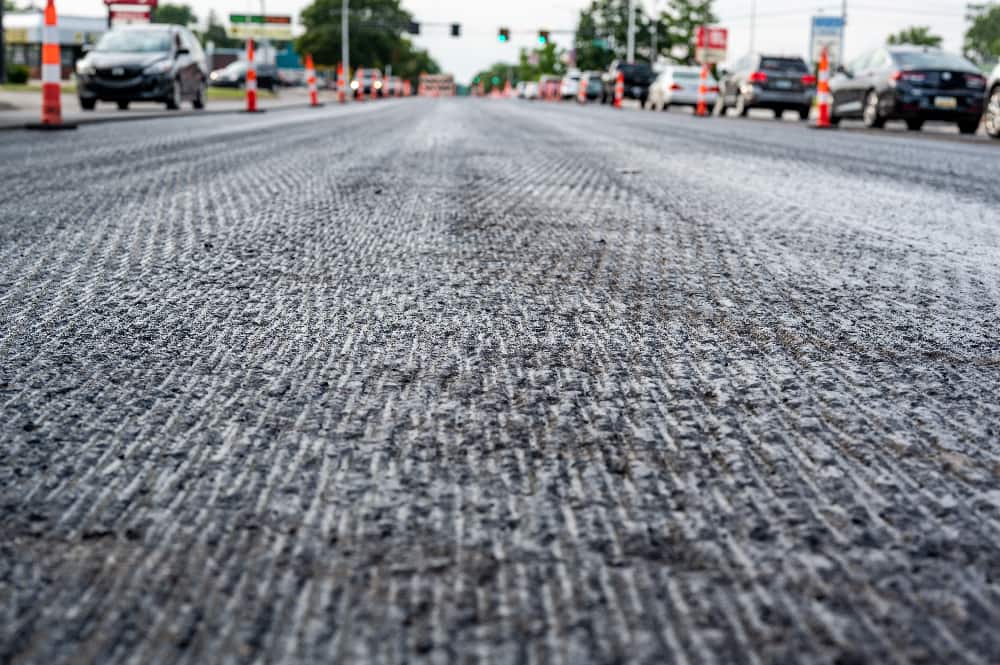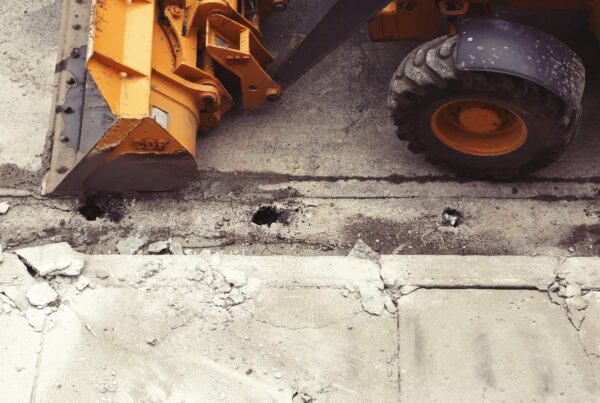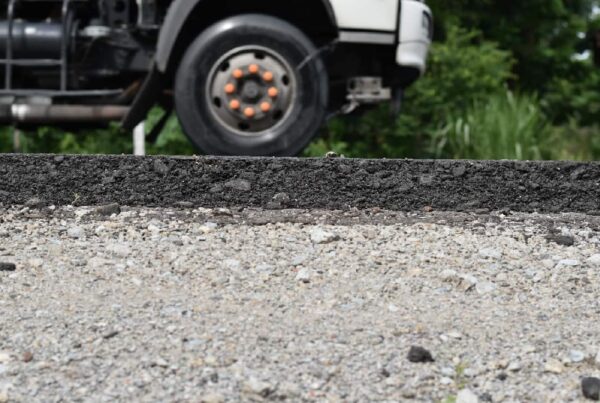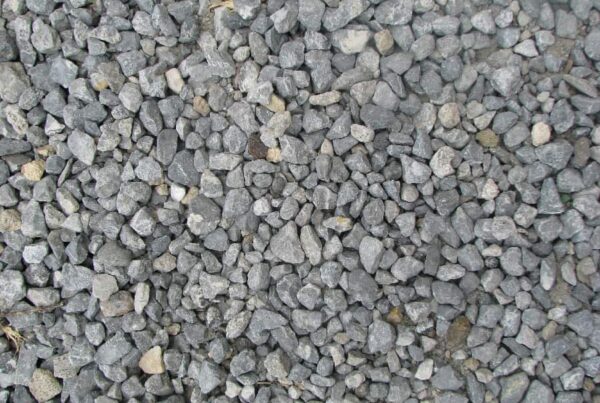If you’re searching for the unsung hero of roadways, look no further than the granular subbase (GSB). It’s the bedrock of good roads. So, let’s dive into the world of Granular Subbase in Southern California, where the stones tell the story.
The Backbone of Pavement: Granular Subbase in Southern California
In the Golden State, the ground beneath us is more than just dirt—it’s a finely tuned, engineered marvel, thanks to GSB. Now, GSB might not get the glory of many construction stories, but this supporting actor plays a pivotal role in everyone’s daily commute.
Imagine Granular Subbase as the guy behind the guy. Not the hero everyone sees, but without it, the main hero—be it asphalt or concrete—would quite literally crumble under pressure. And when it comes to Granular Subbase in Southern California, we’re talking about a mixture as eclectic and diverse as the state itself, typically made from crushed stone, gravel, and sand.
What Is Granular Subbase?
Granular Subbase (GSB) comprises a range of crushed stone materials that typically include a mixture of different-sized particles for compaction and stability. The composition of a GSB layer can vary depending on the requirements of the construction project and local standards, but here are the general components:
- Coarse Aggregates: These are the larger stones in the mix, usually ranging in size from 20 mm to 75 mm. They offer the primary structural support for the GSB layer due to their size and strength. They are the primary load-bearing component.
- Fine Aggregates: These smaller particles fill the voids between the coarse aggregates and help to create a dense and cohesive structure. Fine aggregates are usually sand or crushed stone that pass through a 4.75 mm sieve.
- Filler Materials: These are very fine particles, such as stone dust, that fill the smallest gaps in the subbase. They help to bind the coarse and fine aggregates together, which increases the stability of the GSB.
- Moisture: Water is an essential component as it helps to bind the aggregates together when compacted. The right moisture content is crucial for achieving maximum density and strength.
The exact composition of a GSB can be designed to meet specific technical specifications, including gradation, Atterberg limits (which measure the plasticity of the material), and California Bearing Ratio (CBR) values, among other criteria. The layer’s ability to distribute loads, reduce waterlogging, and provide a stable base for road surfaces makes it an integral part of roadway and pavement construction.
In regions like Southern California, granite is often a significant component of the granular subbase. This rock type is crushed and screened to meet the granular subbase specifications, ensuring the base material is suitable for the intended application in road construction and other infrastructure projects.
Why Is Granite Ideal for GSB?
Granite sets the stage for the most robust roads. Why? Its natural hardness and ability to compact tightly make it the best option in the Granular Subbase world.
Don’t Just Take Our Word for It:
- Strength in Numbers: Studies have shown that a well-laid GSB can extend the lifespan of a road by up to 30%. That’s the difference between a one-hit-wonder and an evergreen classic track.
- Economic: California saves millions annually by investing in high-quality subbases like GSB. That’s money that can be rerouted into the community.
Here’s some of what GSB is best used for:
- Roadways and Pathways: GSB isn’t always visible, but it’s what every good road stands on.
- Parking Lots and Driveways: GSB lays the groundwork where our cars rest.
- Foundations for Buildings: It’s not just for pathways; GSB is the opening act for strong building foundations.
- Landscaping: Who says practical can’t be beautiful? GSB also plays a role in sculpting the land to your design whims.
When the Ground Matters
Because much like the difference between a fast-food burger and a steak at a five-star joint, the difference between any old subbase and a granite-laden GSB is the difference between a road that’s pothole-central and a smooth ride home.
So, whether you’re a civil engineer, a contractor, or just someone who appreciates the finer things beneath your feet, remember this: granular subbase is the bedrock of a surprising amount of our society—crafted from the Earth, serving the people.
Ready to lay the groundwork for excellence with the Granular Subbase that stands the test of time? If you’re in Southern California and want to build on a solid foundation, call us at Lynx Cat Mountain Quarry today. Our rock quarry near Barstow, California, has a range of construction and private products. Call today.




